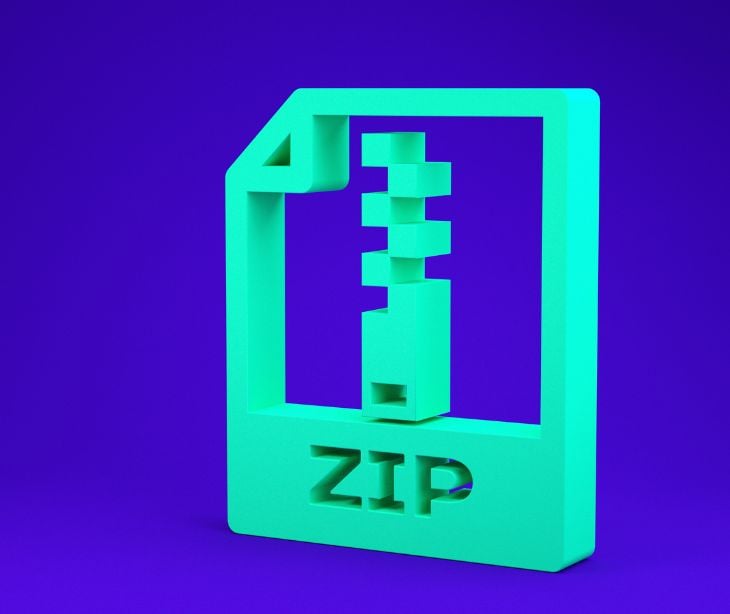2 min read
What makes a patient consent form HIPAA compliant in dental practices?
Kirsten Peremore
June 20, 2023

A patient consent form is a legal document used to obtain a patient's permission or consent for specific actions or procedures related to their healthcare. When dealing with protected health information (PHI), dental practices must evaluate patient consent practices to remain HIPAA compliant.
When is a patient consent form necessary?
Patient consent forms are required in various circumstances for dental practices, especially in relation to HIPAA compliance. Firstly, when a dentist intends to perform a medical or dental procedure, it is necessary to ensure that the patient understands the treatment, its potential risks, and benefits and grants permission for the procedure.
Secondly, consent forms are essential under HIPAA regulations to obtain patient authorization to use or disclose their protected health information (PHI) beyond treatment, payment, or healthcare operations. Additionally, when patients are invited to participate in research studies, consent forms explain the study's purpose, procedures, risks, and benefits and protect confidentiality.
Related: Do you need patient consent to send email marketing with PHI?
Potential risks if patient consent forms are not obtained
Consent forms allow patients to express their preferences and choices regarding their healthcare. Without appropriate consent, there is an increased risk of unintentional or unauthorized sharing of patient information, leading to breaches of confidentiality. This can harm patient trust, compromise privacy, and potentially result in legal actions or damages.
The failure to get patient consent could also result in a HIPAA violation, potentially leading to legal consequences, penalties, and reputational damage to the dental practice. A lack of documented permission from the patient causes further challenges in defending against potential legal claims, primarily if the patient alleges a lack of informed consent or unauthorized actions.
Related: Understanding HIPAA violations and breaches
American Dental Association (ADA) guidelines on patient consent forms
While the ADA does not set specific requirements for consent forms, it offers general guidance on the content and purpose of these forms. Here are some considerations provided by these guidelines
- Informed consent: The ADA emphasizes the importance of informed consent, which involves providing patients with relevant information about their treatment, including risks, benefits, alternatives, and expected outcomes.
- Plain language: Consent forms should be written in clear, understandable language, avoiding technical jargon or complex terminology.
- Comprehensive information: Consent forms should include details about the proposed treatment or procedure, potential risks and complications, expected outcomes, and alternatives.
- Scope of consent: The ADA recommends that consent forms clearly specify the extent of consent. This includes indicating whether the consent covers additional procedures that may become necessary during treatment.
- Consent for photography or research: If dental photographs or research participation is involved, separate consent sections may be included in the form. These sections should outline the purpose, potential uses, and safeguards related to the use of images or participation in research.
- Authorization for release of information: In cases where patient information needs to be shared with other healthcare providers or third-party entities, consent forms should include appropriate authorization sections outlining the scope of information and to whom it may be disclosed.
- Patient acknowledgment: Consent forms should include a section where patients can acknowledge that they have received and understood the information provided. This helps ensure that patients actively participate in the consent process and are aware of their responsibilities.
Related: HIPAA Compliant Email: The Definitive Guide
Reviewing and updating patient consent forms
While no set timeframe is mandated by HIPAA, many healthcare organizations aim to review and update their consent forms at least annually. However, more frequent reviews may be necessary if there are significant regulatory changes or specific risks or concerns are identified within the practice. In the review and update process, key stakeholders should be involved in this process, including legal advisors, compliance officers, and relevant staff, to create a collaborative effort and ensure continuous adherence to privacy policies.
Related: Guidelines for HIPAA compliant dental patient referrals
Subscribe to Paubox Weekly
Every Friday we'll bring you the most important news from Paubox. Our aim is to make you smarter, faster.




